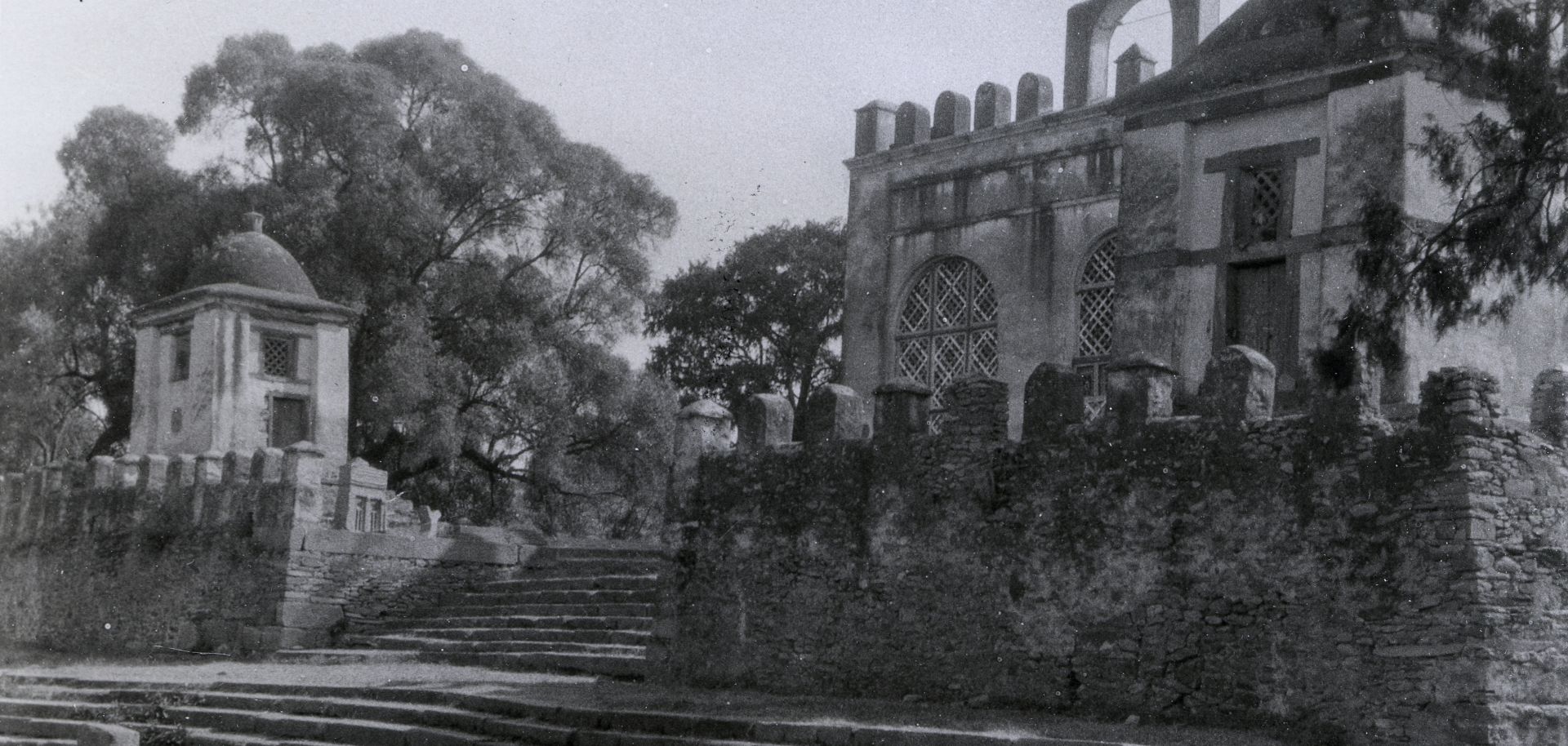
Ethiopia rose to prominence as a regional empire known as the Kingdom of Aksum in the first century A.D. The kingdom had existed for centuries prior, but it began to flourish thanks to trade between the Roman Empire and ancient India. But its growing wealth and influence wasn't solely a function of its position along vital coastal trade routes. Rather, the core of present-day Ethiopia, and its historic predecessors, has always been the Ethiopian Highlands. The large protected area of fertile lands and major rivers became the seat of a power that would hold sway in its nearby region and beyond the continent.
Unlike other African empires of old, which in their pre-colonial histories enjoyed similar prominence in trade with Europe but were unable to expand their activities much beyond generating wealth through that trade, the Kingdom of Aksum parlayed its economic success into political power. It emerged as a regional force that established hegemony over significant portions of the continent and extended its reach across the Red Sea. Within Africa, the Kingdom of Aksum captured the Kingdom of Kush, which corresponds more or less with today's Sudan. In doing so it seized control of trade from the African interior, as well as caravan routes from the Middle East. In a geopolitical sense, overcoming the dominance of powers along the Nile River corridor was no small feat.
By the sixth century, the kingdom was sending its armies beyond Africa. Having adopted Christianity as its official religion, the empire embarked on an expedition against Jewish persecution of Christians in modern-day Yemen. But the rise of Islam in the seventh century led to the economic isolation of the Kingdom of Aksum as its neighbors embraced the new religion. While Aksum remained a center of Christianity, its power waned, and the land now known as Ethiopia has not since managed to reclaim the mantle of a true trade empire.
While modern Ethiopia's interests are much more tightly focused on its core than the far-flung reach its ancient predecessors commanded, its geography at the heart of the Horn of Africa has made it a crossroads for trade still makes it a key player in regional politics. Although its importance in international trade has diminished with technological advances in transport and a shift away from the resources it provides or conveys, exports are still a focus of its economy. So, Ethiopia will continue to enjoy the inherent advantages accorded by its geographic position, no matter who rules it, helping it to maintain a continuity that has lasted from ancient times to today.



